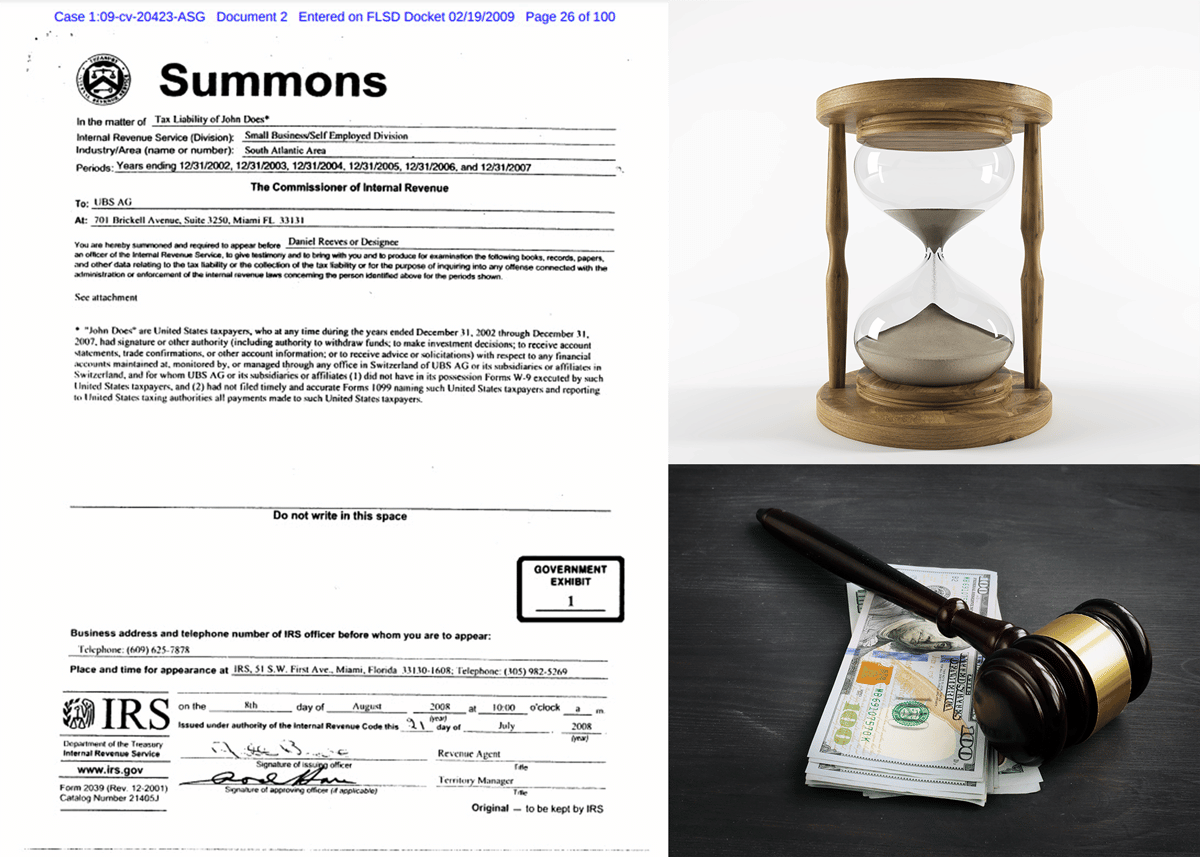Acceptance, Signature For Certified Mailing By Unauthorized Party Does Not Stop 30 Day Clock To Request CDP Hearing
In Ramey v Commissioner, 156 T.C. No. 1 (2021) (available in Tax Notes free resources here), the IRS mailed a final notice of intent to levy (LT11) to the taxpayer’s last known address (and actual address) via certified mail return receipt requested. The address was a shared office location (i.e., multiple businesses were located at that address).
Shortly after the notice was mailed, an individual that was not employed by the taxpayer nor authorized to sign for mail on behalf of the taxpayer signed and accepted the notice. However, the Taxpayer did not receive the notice until shortly before the deadline to file a collection due process (“CDP”) hearing.
The taxpayer filed a CDP hearing request, but not until after the deadline to request a CDP hearing. Therefore, the IRS granted the taxpayer an equivalent hearing, but not a CDP hearing.
During the hearing, the Appeals Officer sustained the levy. The taxpayer petitioned U.S. Tax Court for review.
In Tax Court, the critical, threshold legal issue was whether or not the acceptance and signature by the unauthorized individual at a shared address caused a defect in the mailing such that the notice requirement in IRC § 6330 was not satisfied (i.e., did it start the 30 day clock on the time period to request a hearing). If the notice was defective, then the Taxpayer’s hearing would be treated as a CDP Hearing, which provides for the right to petition Tax Court for review. However, if the notice satisfied the statute, then hearing was an equivalent hearing, which does not carry rights to petition U.S. Tax Court for review of the IRS’s determination.
As a result, the Tax Court’s jurisdiction to hear the merits of the taxpayer’s substantive arguments against the levy were on the line.
Under section 6330(a)(2),
The [required] notice * * * shall be–
(A) given in person;
(B) left at the dwelling or usual place of business of such person; or
(C) sent by certified or registered mail, return receipt requested, to such person’s last known address;
not less than 30 days before the day of the first levy with respect to the amount of the unpaid tax for the taxable period.
In Ramey, the question was whether the certified mailing satisfied § 6330(a)(2)(C) even though it was signed for and accepted by an unauthorized third party. The Tax Court determined that the focus in § 6330(a)(2)(C) is on the IRS’s responsibility to place the notice in the hands of the USPS.
So long as the IRS properly addresses the notice to the taxpayer’s last known address and selects the correct type of service from the USPS–either certified or registered mail, with return receipt requested–the IRS complies with the terms of the statute.
The court noted that in some instances must do more to satisfy the requirement, none of those circumstances were present in Ramey.[1]
The Tax Court was not persuaded that using a business address that was shared by multiple business should alter the analysis.
Mr. Ramey’s chief complaint appears to be that multiple businesses use that address, so mail might be accepted by the wrong person. But, even if that is so, Mr. Ramey does not explain how the IRS could have taken this fact into account. Mr. Ramey is free to organize his business affairs as he sees appropriate, including by choosing to share a business address with other businesses. But, having made that choice, and having provided to the IRS an address shared by multiple businesses, he cannot properly complain when the IRS uses that very address to reach him. In short, the IRS correctly followed one of the methods of service provided by the statute, thereby starting the 30-day period for seeking a hearing under section 6330(a)(3)(B). The fact that Mr. Ramey’s address was used by multiple businesses and that (as we assume for purposes of this Opinion) the USPS left the notice with a person at that address who neither worked for Mr. Ramey nor was authorized to receive mail on his behalf does not change this conclusion. Ramey at 23-24.
Since the Tax Court held that the IRS properly mailed the final notice of intent to levy to the taxpayer’s last known address—satisfying § IRC 6330(a)(2)(C)—the CDP hearing request was not timely and the Tax Court did not have jurisdiction to hear the merits of his substantive arguments on the IRS’s determination to uphold the levy. Therefore, the Tax Court dismissed the case for lack of jurisdiction.
Notes
[1] The Tax Court cited to cases, mostly older cases, that included situations where the IRS knew the last known address was not the taxpayer’s current address.
13 See, e.g., McPartlin v. Commissioner, 653 F.2d 1185, 1189-1190 (7th Cir. 1981) (mailing a notice of deficiency by certified mail provided insufficient notice when, among other things, IRS could not produce a return receipt and was aware of taxpayers’ new address); Johnson v. Commissioner, 611 F.2d 1015, 1017-1021 (5th Cir. 1980) (notice insufficient when USPS informed IRS that the notice of deficiency had not been delivered to taxpayers’ residence, and IRS failed to mail the notice to taxpayers’ representatives because of a misplaced power of attorney), rev’g T.C Memo. 1977-382; Estate of McKaig v. Commissioner, 51 T.C. 331, 336-337 (1968) (notice insufficient when USPS informed IRS that the notice of deficiency had not been delivered and taxpayer’s last known address was in question); Carbone v. Commissioner, 8 T.C. 207, 211-213 (1947) (notice insufficient when IRS mailed notices of transferee liability to a building that it had seized and padlocked, was aware of the taxpayers’ new addresses, and was notified by USPS that delivery had failed).




